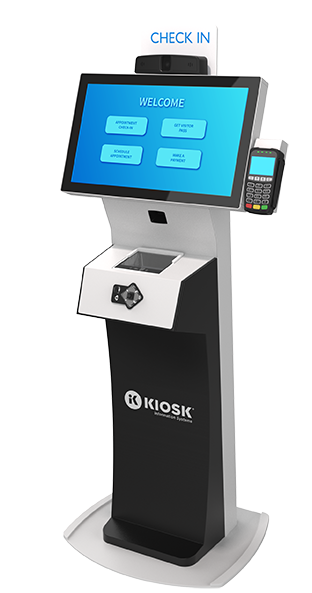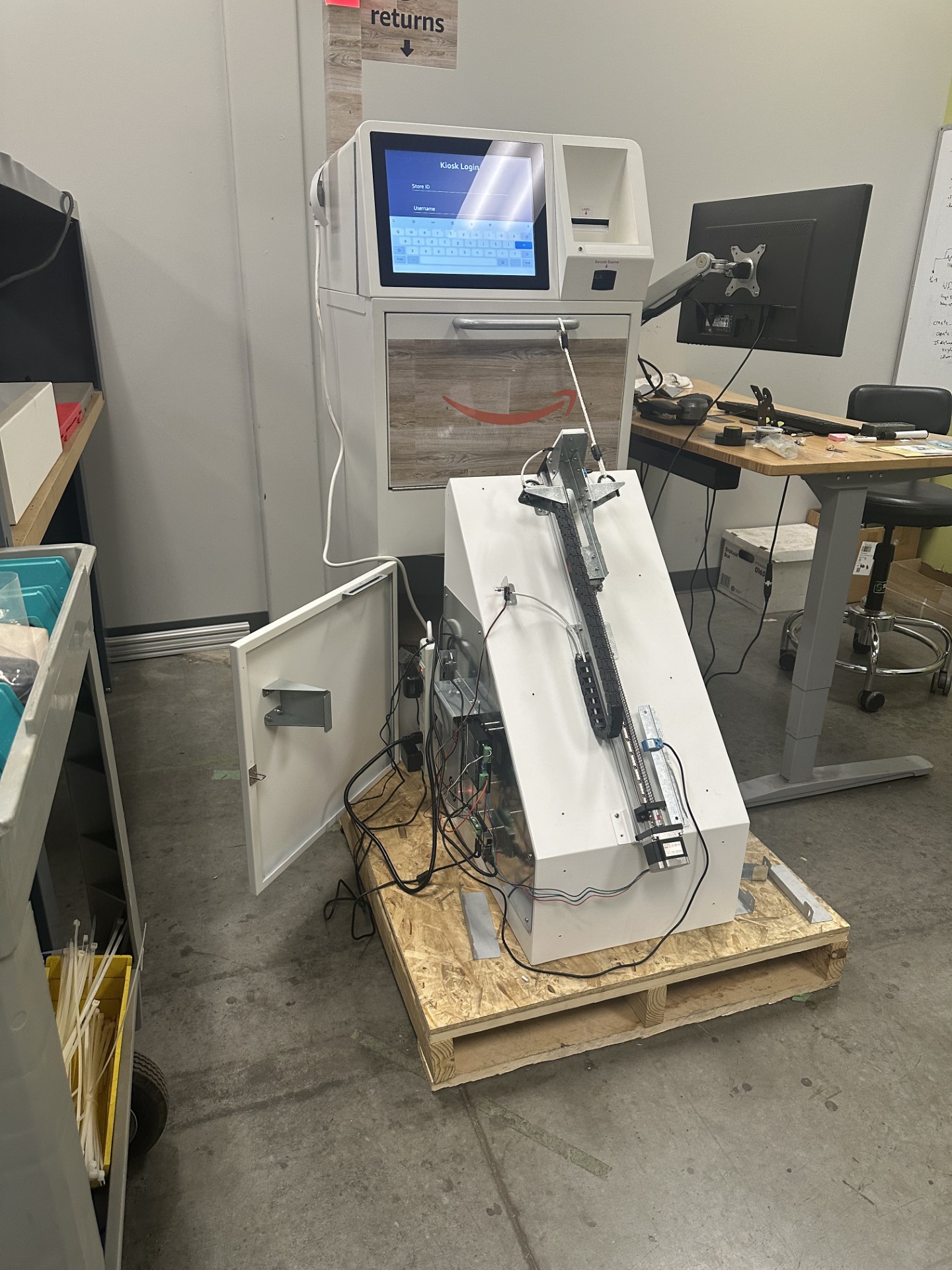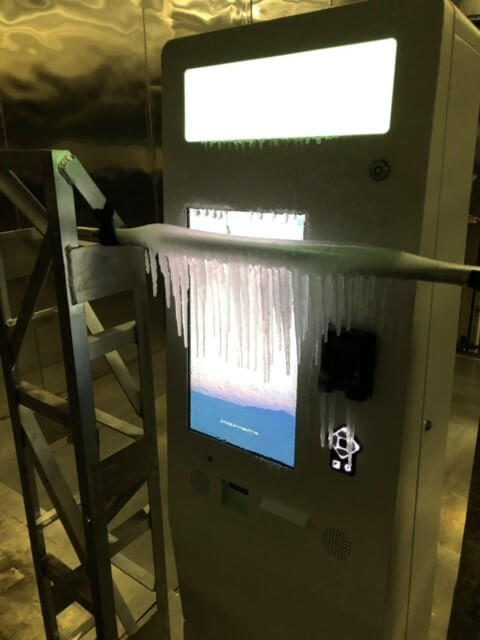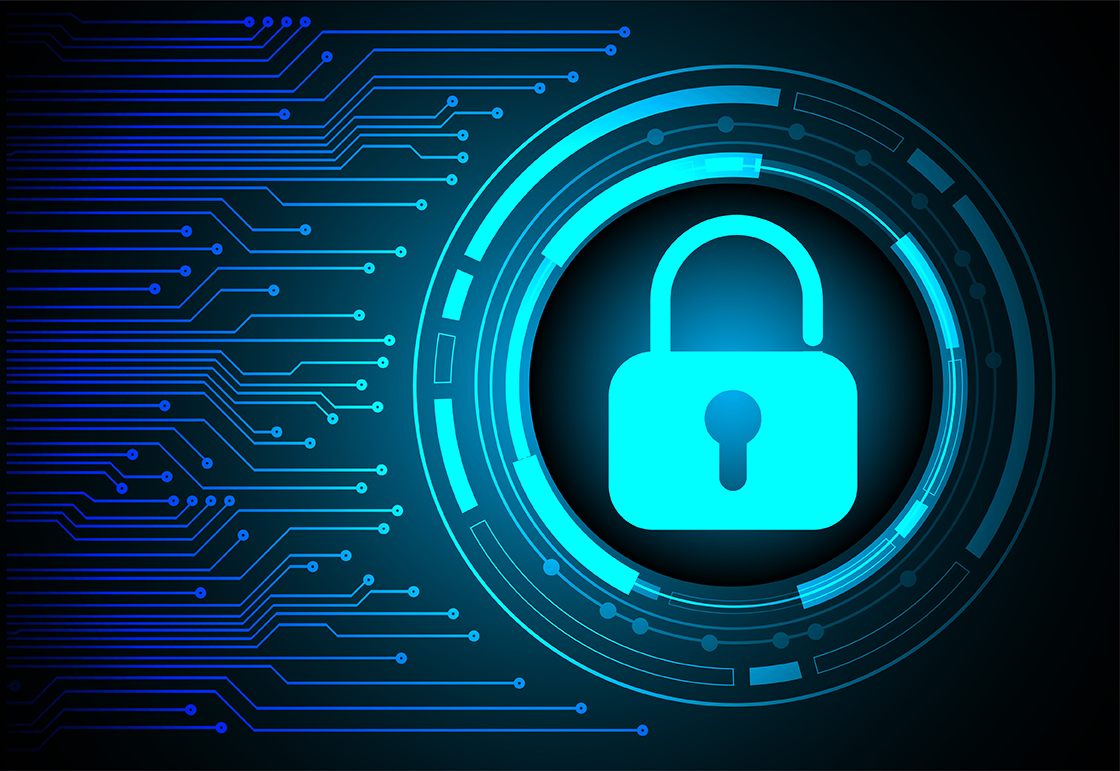Every interactive kiosk project starts with similar ambitions around automating a function for a better, cooler, faster, or more cost-efficient transaction. Very typically, the project moves to a focus on the hardware and its curb appeal. While your platform aesthetics, quality, cost, and reliability are, of course, important – it’s only one element to get right. Many new deployers come in to their project with an “automate it and they will come” mindset, which is an incomplete vision. Leveraging kiosk technology to automate transactions and personalize the customer experience requires a focused and holistic mindset on five foundations that underlie deployment success.
A common question we hear from clients is, “How much does a kiosk cost?” The answer is that the cost of a kiosk varies greatly depending on hardware, software, and safety certification requirements, as well as the number of units ordered. Read on to find out all the elements that should be considered part of a comprehensive total solution price tag. Whether you buy from KIOSK Information Systems (KIOSK) or not – we encourage you to factor the following key considerations into your deployment plan and prepare a realistic project budget that will set you up for hero status.
To start, carefully consider each of these five high-level areas in solution budgeting – they will all come up. This is a macro view of the main elements of project budget, and supplier evaluation considerations that can most effect your budget:
- Hardware will always be the largest budget line item. In addition to aesthetics and cost, weigh the design and engineering experience of your prospective provider, particularly if high levels of customization are required. Consider:
- Supplier’s expertise with your specific vertical market application. Is there a standard model offered that you can leverage to save on custom engineering fees? Further, selecting a standard kiosk machine model that has already been UL or CE safety agency certified can save substantial time and money.
- Evaluate ISO Quality Certification standards – lack of manufacturing process control or quality problems can affect your supply chain and time to market.
- Software can be a substantial budget line item. Very important financial elements to consider here include:
- Does your provider have in-house software development capability? Further, do they have vertical market-specific or licensable code to leverage, or is it created from the ground up? Licensed vs. developed is a big cost variable. That said, it’s not unusual for customers who have been captive to excessive license fees to break out and create their own code to substantially improve profits over time.
- If it’s not an in-house solution, scrutinize the supplier’s credibility and accountability of managing a third-party provider. The ability to align hardware and software readiness simultaneously is essential to keeping budgets in check.
- Vet the supplier’s process for itemizing system requirements and specifications to make sure bids are comprehensive and accurate. What measures are in place to mitigate budget scope creep borne from partially documented requirements?
- The ability to provide baseline “apples to apples” quotes is the only way to accurately frame software bids.
- Service budgeting should include all elements of warranty, spare parts stocking, and field technicians. Warranty and spare parts on hand are an essential part of the solution equation, and must be budgeted in. Kiosk warranties are not commodity based, like a TV or PC, so don’t waive off extended warranty in the same manner you might normally. Without an advanced exchange warranty and a professionally managed spare parts contingency, your kiosks are vulnerable to long lead times for replacement components. Uptime is everything to your ROI and reputation, so carefully examine the chronology of a service call, technician quality, and response times.
- Remote monitoring software and / or turnkey supplier-provided remote monitoring services are another key budget consideration that may not be top of mind for new deployers. Will you want to invest in IoT-enabled real-time alerts (system and component level error messages), or is it acceptable to have the kiosk go down for a longer duration and phone in for follow-up support? KIOSK offers software solutions enabling clients to independently monitor their network, or to leverage our Professional IT Managed Service Team as real-time alert watch dogs.
- And finally, budget for unattended self-service solution security. Scrutinize the extent to which your provider can defend your deployment from data and other types of breaches. Will it be incumbent on your IT department or your supplier to ensure software patch capabilities, transaction data security (PCI / EMV), image management, and hosting security? And – will this be more cost-effective to replicate in-house, or leverage your supplier’s IT and Security Measures?
Be comprehensive in your deployment budget. It’s important to have all known expenses included in the initial budget expectations, rather than circling back for additions. The more holistically you plan, the more we love your odds for success!
If you prefer to discuss your kiosk questions directly with us, feel free to let us know.
Authored by Cheryl Madeson, VP Marketing & Communications
KIOSK Information Systems






